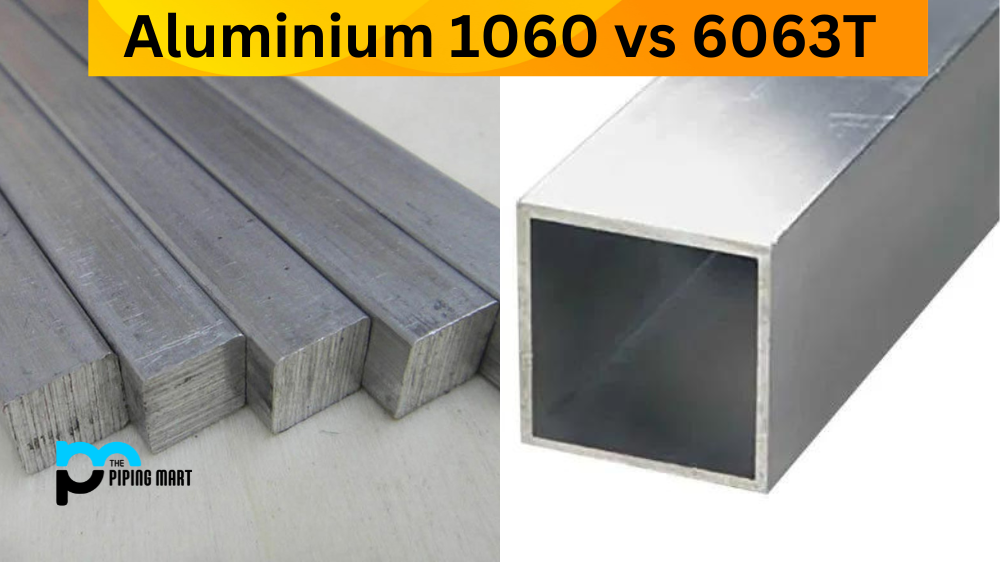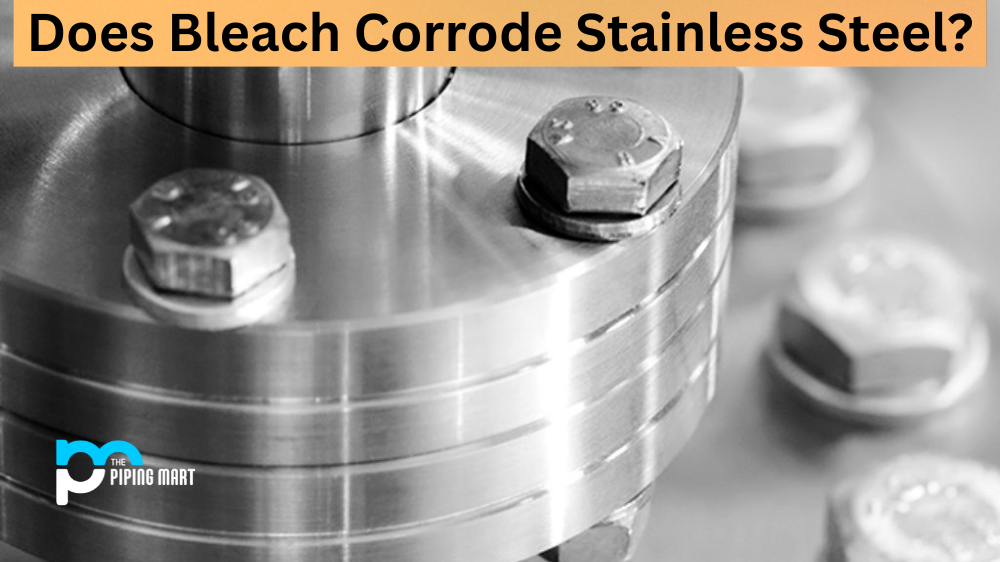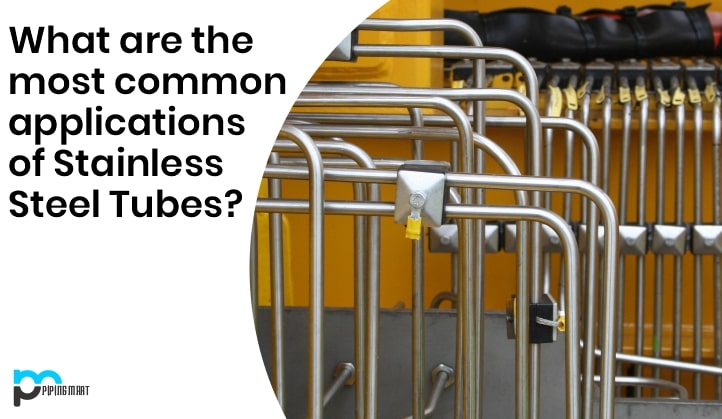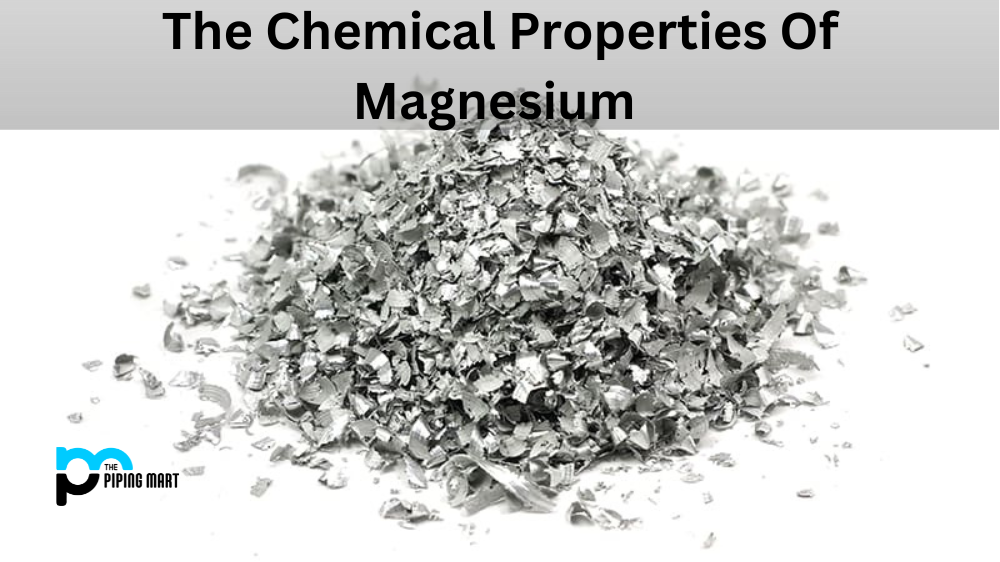Aluminum is a versatile material used in various industries today. As an alloy metal, it is known for its strength, durability, and resistance to corrosion. When considering aluminium for a particular application, it’s crucial to determine the specific type most suitable for that project. This blog post explores the differences between Aluminium 1060 and 6063T. The main aim is to give you a clear understanding of their unique properties and applications.
What is Aluminium 1060?
This grade of aluminium is made up of 99.6% pure aluminium. It is one of the purest grades of aluminium and is incredibly malleable, ductile, and formable. This means it’s easy to shape the metal into different shapes and sizes, making it perfect for sheet metal applications. Its excellent corrosion resistance makes it ideal for outdoor projects, roofing, and siding. Aluminium 1060 is not heat-treatable, so it can’t be hardened through heat treatment. However, it can be work-hardened. This grade of aluminium is commonly used in the food and chemical industries.
What is 6063T?
6063T is an alloy metal of aluminium, magnesium, and silicon. This metal is known for its strength, durability, and machinability properties. It has a good surface finish and is resistant to corrosion. 6063T is commonly used in applications that require structural strength and durability, such as construction, transport, and engineering industries. It’s also easy to shape this metal into complex shapes because of its excellent extrusion properties. 6063T is heat treatable, which means it can undergo heat treatment to harden and strengthen it further.
Difference Between Aluminium 1060 and 6063T
One significant difference between these two grades of aluminium is their composition. Aluminium 1060 is a pure aluminium grade with no other metals added. On the other hand, 6063T is an alloy metal with aluminium, magnesium, and silicon. Another difference is that Aluminium 1060 can’t be heat-treated, while 6063T can undergo heat treatment. This makes 6063T stronger and more durable than Aluminium 1060. Aluminium 1060 is more malleable and formable, making it ideal for sheet metal applications. 6063T is excellent for structural glass frames and door frames.
Composition
One of the primary differences between these two alloys is their composition. Aluminium 1060 contains 99.6% aluminium, while Aluminium 6063T contains 90% aluminium and 6% magnesium. This difference in composition gives each alloy different properties and applications.
Properties
Due to their different compositions, Aluminium 1060 and 6063T have different properties. Aluminium 1060 is known for its high electrical conductivity and resistance to corrosion, while Aluminium 6063T is known for its high strength and durability. These different properties make each alloy suitable for different applications.
Which One is Right for your project?
Various factors will influence your decision when considering which grade of aluminium to use for a particular project. The first factor is the type of project you plan to undertake. If you’re working on a sheet metal application that requires excellent formability, then Aluminium 1060 would be the best choice. However, if you require structural strength and durability for the project at hand, then 6063T is an ideal choice. Additionally, consider the environment in which the project will be installed. If it’s an outdoor application with a risk of corrosion, then Aluminium 1060 is perfect. On the other hand, consider 6063T for indoor applications or where there’s no risk of corrosion.
Conclusion
Aluminium 1060 and 6063T are excellent grades of aluminium with unique properties that make them suitable for different applications. Understanding the differences between these two grades is crucial when choosing the ideal aluminium for your project. Whether you need excellent formability or structural strength, a grade of aluminium is perfect for the job. Always consider the environment in which the material will be used when choosing the perfect aluminium grade. With the right choice, you can be sure that your project will be durable, long-lasting, and serve its purpose effectively.

A passionate metal industry expert and blogger. With over 5 years of experience in the field, Palak brings a wealth of knowledge and insight to her writing. Whether discussing the latest trends in the metal industry or sharing tips, she is dedicated to helping others succeed in the metal industry.




